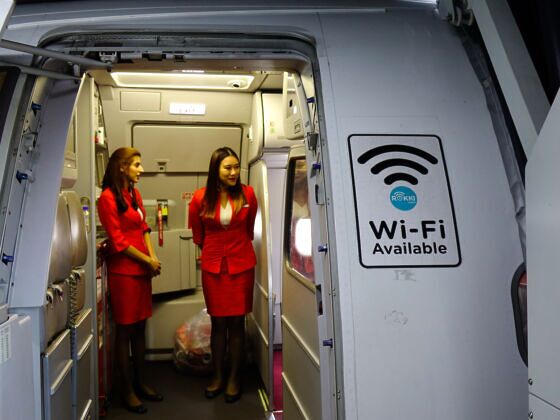If you’ve ever planned to finish some work on the plane (or scroll through TikTok, let’s be honest), only to find out that you can’t even open your browser, you know how inconsistent airplane Wi-Fi can be. On the other hand, when it works, receiving a message from someone who is flying over the Atlantic, still seems like a little miracle.
The fact is, airplane Wi-Fi is getting better and prices are coming down. If airplane Wi-Fi is something you plan to use, you should know the best options. Here is everything you’ve ever wanted to know about airplane Wi-Fi, including costs, reliability, and safety.
